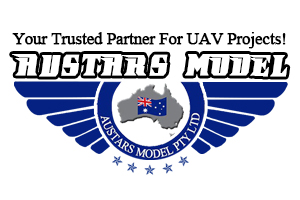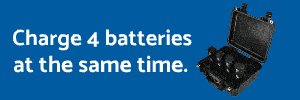- Joined
- Feb 17, 2021
- Messages
- 3
- Reaction score
- 1
- Age
- 40
Here's the skinny; I've been tasked by my company to create a promotional video. They want drone shots included as an element in the video. I had them buy a DJI Mavic Air 2 and pay for my Part 107 certification. I don't need much drone footage but the issue is that our facility is in Class D airspace close enough to an airport that the highest ceiling available for automated clearance through LAANC is 0ft. It seems that I must file a request directly with the FAA to fly in this area which I understand can take up to 90 days to get approval. if we have poor weather conditions on the morning I've requested to fly and I have to cancel the flight, do I then have to wait another 90 days to get another approval? Is there any better way to do this?
My company would also like to be able to use the drone to perform checks on the state of the building and other assets on location like our nitrogen tower and solar panels. Is there any way we would be able to get rapid clearance to do something like this? All flights I've mentioned so far could be performed under 100ft.
I've heard that if I was a recreational flyer, all I would have to do is get clearance from the ATC but because I would be flying under Part 107, the FAA authorization is required. Is this true, and does anyone know if the FAA plans to fix that ridiculous loophole?
My company would also like to be able to use the drone to perform checks on the state of the building and other assets on location like our nitrogen tower and solar panels. Is there any way we would be able to get rapid clearance to do something like this? All flights I've mentioned so far could be performed under 100ft.
I've heard that if I was a recreational flyer, all I would have to do is get clearance from the ATC but because I would be flying under Part 107, the FAA authorization is required. Is this true, and does anyone know if the FAA plans to fix that ridiculous loophole?






